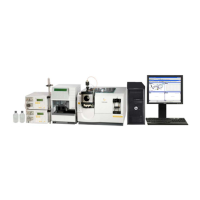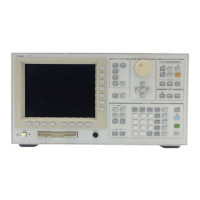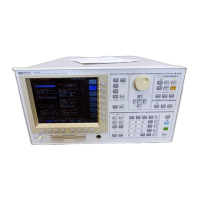To compute a Hilbert transform
1 Cycle power. Connect the signal source to Channel 1.
2 Press [
Analys
][
DEFINE FUNCTION
][
DEFINE F1
].
3 Press [
OPERATION
][
INVERSE FFT(
].
4 Press [
CONSTANT (K1-K5)
][
CONSTANT K5
][
*
].
5 Press [
OPERATION
][
FFT(
][
MEAS DATA
][
TIME CHANNEL 1
].
6 Press [
ENTER
].
7 Press [
Meas Data
][
MORE CHOICES
][
MATH FUNCTION
][
F1
].
Press [
Trace Coord
][
MORE CHOICES
][
REAL PART
].
The Hilbert transform of a time domain signal is another time domain signal which
does not change the magnitude of the signal but shifts the phase -90 for positive
frequencies and +90 for negative frequencies. To calculate the Hilbert transform of a
time signal, you:
• take the FFT of the time signal (step 5)
• change the phase of each of the frequency components by +- 90 (depending on
whether they are positive or negative frequencies) (step 4)
• take the inverse FFT of the result (step 3)
Cycling power presets the constant register, [
CONSTANT K5
], to the default value,
0.000000 - j 1.000000.
F1 = IFFT (K5*FFT (TIME1))
F2 = IFFT (K5*FFT (F1))
F3 =
F4 =
F5 =
K1 = 1.000000 + j 0.000000
K2 = 2.000000 + j 0.000000
K3 = -1.000000 + j 0.000000
K4 = 0.000000 + j 1.000000
K5 = 0.000000 - j 1.000000
sin 2 π ft
Hilbert Transform
-sin 2 π ft
-cos 2 π ft
Hilbert Transform
Agilent 35670A
Math Operations and Data Editing Operator's Guide
18-10
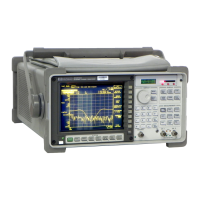
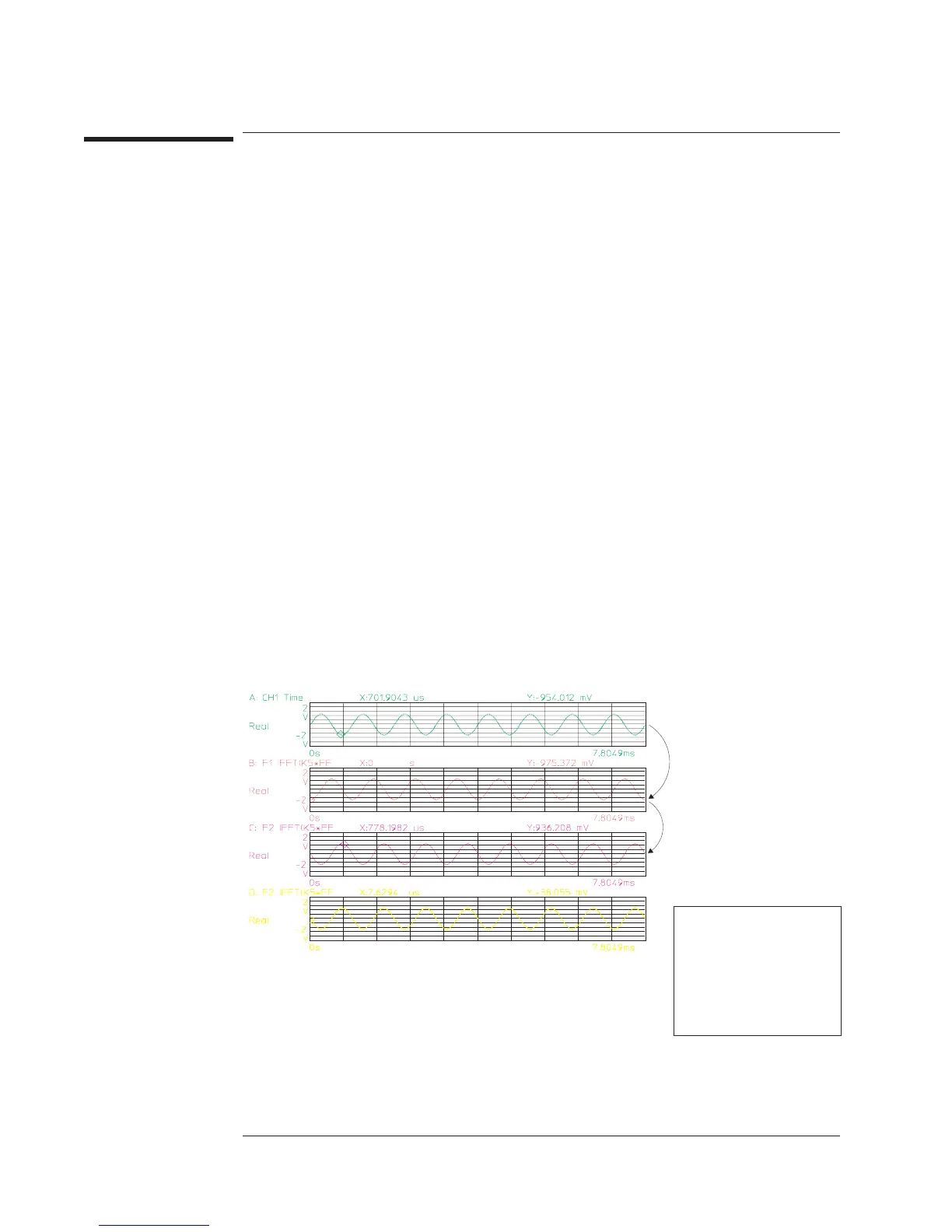